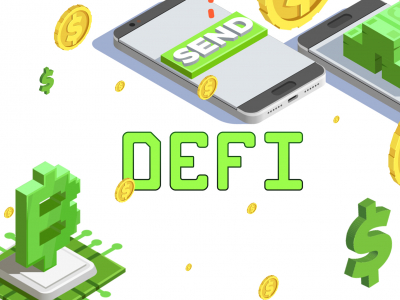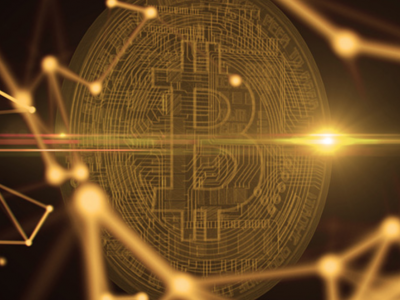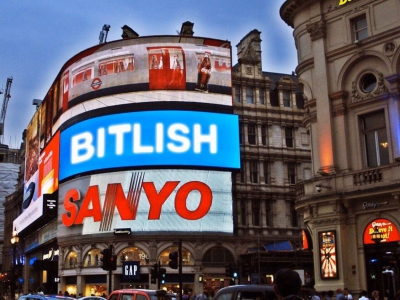Deutsche Bank issued a letter in response to a call for evidence from the European Securities and Market Authority (ESMA). The call was published by the regulator on 22 April, 2015.
The ESMA commission's primary interest lies in the area of investments. At the end of the document, the commission presented questions about “further [virtual currency] investment products” and asked members to clarify definitions suggested by the regulator. The document tends to avoid the use of the word “bitcoin” in favour of a broader “virtual currencies” term. In the Deutsche Bank's response bitcoin is mentioned only in the appendix B with the infographics.
DB answered ESMA's questions about the blockchain technology stating that this was their primary area of interest while virtual currencies currently did not fall under their expertise. The bank's global head of regulatory policy, Daniel Trinder confirmed in a letter that the blockchain technology has the potential to provide banks and their customers with faster transactions at lower costs. He also mentioned possible risks and encouraged a balanced approach including a dialogue between industry and regulators as well as a gradual approach to regulation developing.
As examples of successful integration of the blockchain technology, DB cited the Honduran government's initiative to run the country's a land registry with the blockchain and Estonia's banking blockchain-based security. The letter also mentioned the Monetary Authority of Singapore's plans to introduce a decentralised record-keeping system to control risks in finance.
DB revealed that the blockchain technology and its commercial applications would be discussed as part of the bank's innovation labs within the “Strategy 2020” programme.
The DB's response followed another detailed response to the ESMA's call submitted earlier this month by an Italian banking group Intesa Sanpaolo. In their response the Italian banking institution noted that in order to use the blockchain to transfer rights and values “ESMA should provide high level guidelines and recommendations about the entwining of tokens and rights, leaving to the competitive market the selection of the best technical solution”.
Aliona Chapel

















